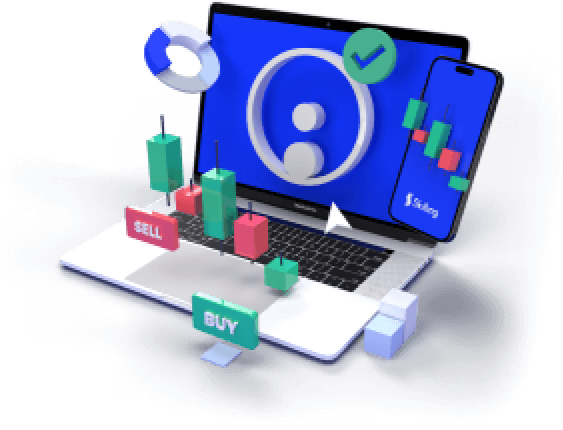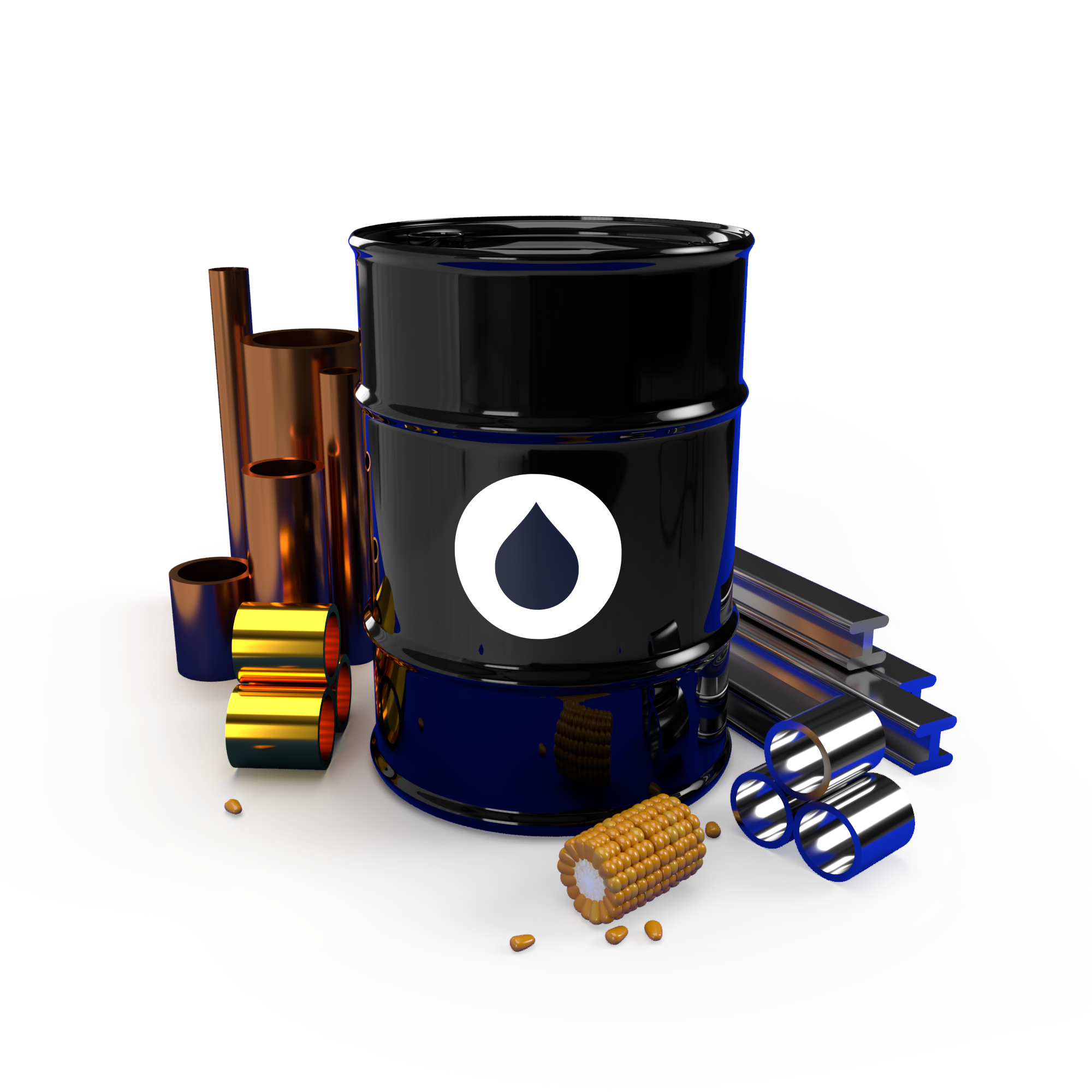Leverage is one of the defining features of CFD-trading. When used wisely, it allows traders to amplify their potential returns without needing large amounts of capital. But like any powerful tool, leverage must be handled with care. Misuse can lead to losses that exceed your expectations — or even your account size.
This article explains what leverage is, how it works in CFD-trading, and how to apply it responsibly to optimize potential without exposing yourself to excessive risk.

What Is Leverage?
Leverage lets you open a position that's larger than the amount of money you deposit. For example, a 5:1 leverage means you can open a €5,000 position with only €1,000 in margin. The higher the leverage, the greater your exposure — and the greater the potential gains and losses.
Benefits of Leverage:
- Increased market exposure with less capital
- Ability to take more diversified trades
- Enhanced return potential on smaller moves
- Useful for short-term strategies
The Risk Side of Leverage:
While leverage can magnify profits, it also magnifies losses. A 2% move against you on a 10:1 leveraged trade means a 20% loss on your capital. That's why it's crucial to understand margin requirements and have a risk plan before opening leveraged positions.
Best Practices for Using Leverage:
- Start Low – Use conservative leverage (e.g. 2:1 or 5:1) especially as a beginner.
- Always Use Stop-Losses – Protect your downside in every trade.
- Understand Margin Calls – If your position moves against you too far, the broker may close it.
- Avoid Overtrading – Don’t use leverage to open multiple large positions at once.
- Position Sizing Matters – Calculate your risk per trade in advance.
Leverage Across Markets:
Leverage levels may typically differ depending on what you're trading:
- Forex: Often higher leverage available
- Indices and commodities: Moderate leverage may be considered
- Shares and crypto: Often lower or restricted leverage due to volatility
Be sure to check your platform’s leverage limits and regulations for your region.
Combining Leverage With Strategy:
Smart leverage is about combining it with solid trading principles:
- Use technical and fundamental analysis
- Trade with the trend, not against it
- Manage emotions — don’t chase losses or “double down” with more leverage
Why miss out on the commodities market's potential?
Discover the untapped opportunities in top traded commodities CFDs like gold, silver & oil.
71% of retail CFD accounts lose money.

Conclusion:
Leverage in CFD-trading offers flexibility, speed, and potential, but also carries high risk at the same time. But it must be used with structure and control. Mastering leverage means understanding the math, respecting the risk, and making sure every position fits within your plan.











